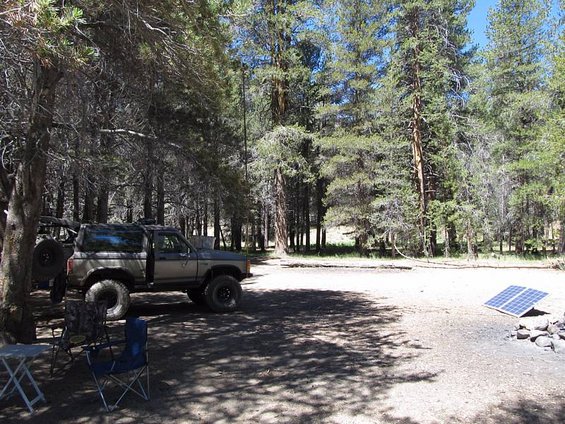Bbasso
Expedition goofball
My solar system is independent of my vehicle.
Since i'm still very new at this solar stuff I wouldn't want to give you wrong/bad advise.
But there are controllers that have a split mode for taking care of house and starting batteries, but as I mentioned I don't know enough...YET! I'm still learning.
I'm sure you are in the right place for a right answer, most of my knowledge has come from here.
But my question is why would you want to tie into the vehicle's system?
Since i'm still very new at this solar stuff I wouldn't want to give you wrong/bad advise.
But there are controllers that have a split mode for taking care of house and starting batteries, but as I mentioned I don't know enough...YET! I'm still learning.
I'm sure you are in the right place for a right answer, most of my knowledge has come from here.
But my question is why would you want to tie into the vehicle's system?


